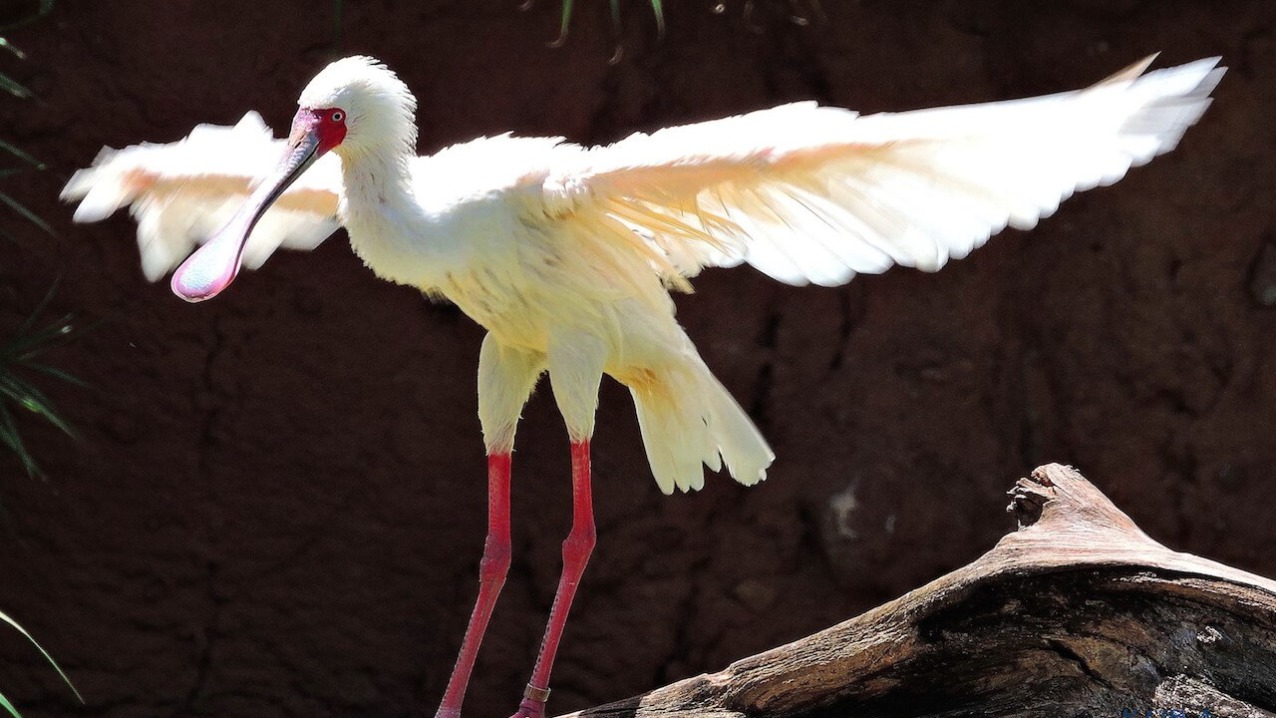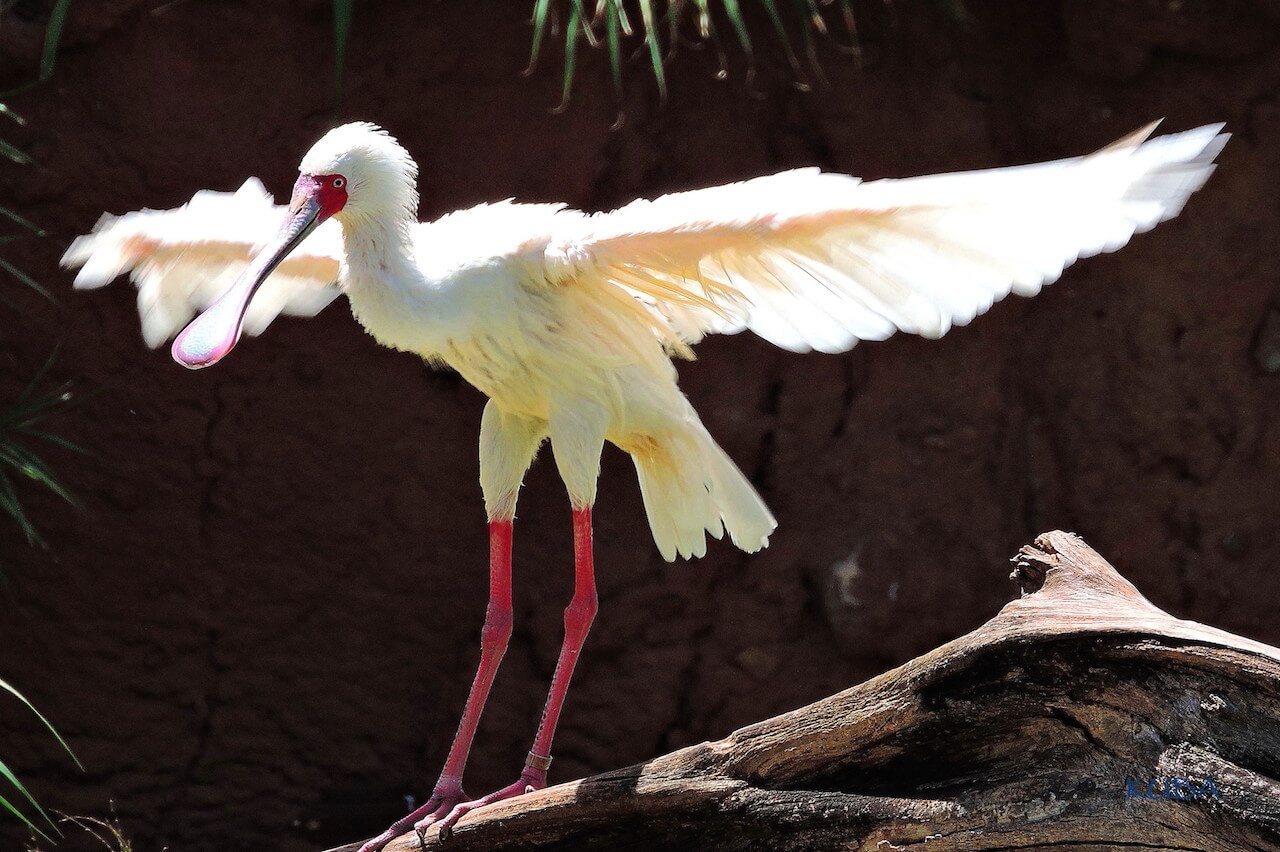platalea alba
African Spoonbill
About Me
Scientific Name: Platalea alba
Description
The African Spoonbill is a long-legged wading bird. Its height is 90 cm (36″). Its body is predominantly white, except for its red legs, face, and bill. Its wing is 365-403 mm long. This bird can be easily identified by its uniquely spoon-shaped bill. At birth, the African Spoonbill’s bill does not resemble a spoon. It is born with a short beak, that gradually develops into its spoon-like shape. It usually resembles a spoon right before it is time to leave its nest. Both the male and female birds are similar in appearance.
Fun Facts
- It fishes for its food by swinging its open bill from side to side in the water. Its bill acts as a scythe (hooked tool) to catch its food.
- It flies with its neck and legs extended, while flapping its wings steadily in the air.
- Kingdom: Animalia
- Phylum: Chordata
- Class: Aves
- Order: Pelecaniformes
The African Spoonbill is a long-legged wading bird. Its height is 90 cm (36″). Its body is predominantly white, except for its red legs, face, and bill. Its wing is 365-403 mm long. This bird can be easily identified by its uniquely spoon-shaped bill.
At birth, the African Spoonbill’s bill does not resemble a spoon. It is born with a short beak, that gradually develops into its spoon-like shape. It usually resembles a spoon right before it is time to leave its nest. Both the male and female birds are similar in appearance.
The African Spoonbill is commonly found in several of countries in the southern part of Africa. Some of these countries include Botswana, Kenya, Madagascar, Mozambique, Namibia, South Africa, and Zimbabwe.
The African Spoonbill usually resides by shallow inland waters. This bird’s habitat includes river banks, lake shores, marshes, plains, savannas, swamps, and water-meadows.
The African Spoonbill is usually a shy and alert bird. It is usually found singly, but can also be encountered in pairs or in groups. It is usually silent, except for an occasional grunt when alarmed. This bird travels by flight. It flies with its neck and legs extended, while flapping its wings steadily in the air.
The African Spoonbill feeds by fishing in shallow water. It fishes for its food by swinging its open bill from side to side in the water. Its bill acts as a scythe (hooked tool) to catch its food.
The African Spoonbill’s diet consists mainly of fish and aquatic invertebrates such as crustaceans or shellfishes, insects, larvae, and mollusks.
The African Spoonbill begins to breed in the winter. The breeding period starts in the winter and lasts throughout the spring. It usually breeds in colonies from late March through September.
The female may lay 3-5 eggs during the month of April or May. This bird’s eggs are usually spotted with colored dots of red, brown, or blue; however, the eggs from our nesting parents at the Honolulu Zoo were pure white. It lays its eggs mostly in a nest platform of sticks or reeds in a tree near water, but its nest can also be found in swamp reeds, among rocks, marsh plants, or cliffs.
These nests are either near the ground or in trees over water. The inside of the nest is often lined with leaves. The egg undergoes incubation for up to 29 days by both parents. (The 2 chicks hatched on the nest at the Honolulu Zoo both were incubated for 21 days).
After hatching the young are cared for by both parents for 20-30 days. Soon after, the young birds are ready to leave the nest. They begin to fly after another four weeks. (Our 2 chicks fledged exactly one month after they hatched).
The African Spoonbill is a common resident in southern Africa. It is not listed as an endangered species.
African Spoonbill. On-line. Internet. 21 October 2000. Available: www.naturalia.org/ZOO/AN_CIELO/e_spatola.html.
African Spoonbill Info Page. On-line. Internet. 21 October 2000. Available: http://www.safaricamlive.com/Encyclopedia/birds/Spoonbills/African_Spoonbill_Info.htm.
Grzimek, H. C. Bernhard, ed. Grzimeks Animal Life Encyclopedia of Birds. New York, New York: Van Nostrand Reinhold Company, 1972.
Middleton, Alex L. A. and Dr. Christopher M. Perrins, eds. The Encyclopedia of Birds. New York, New York: Facts on File, Inc., 1985.
Other Birds
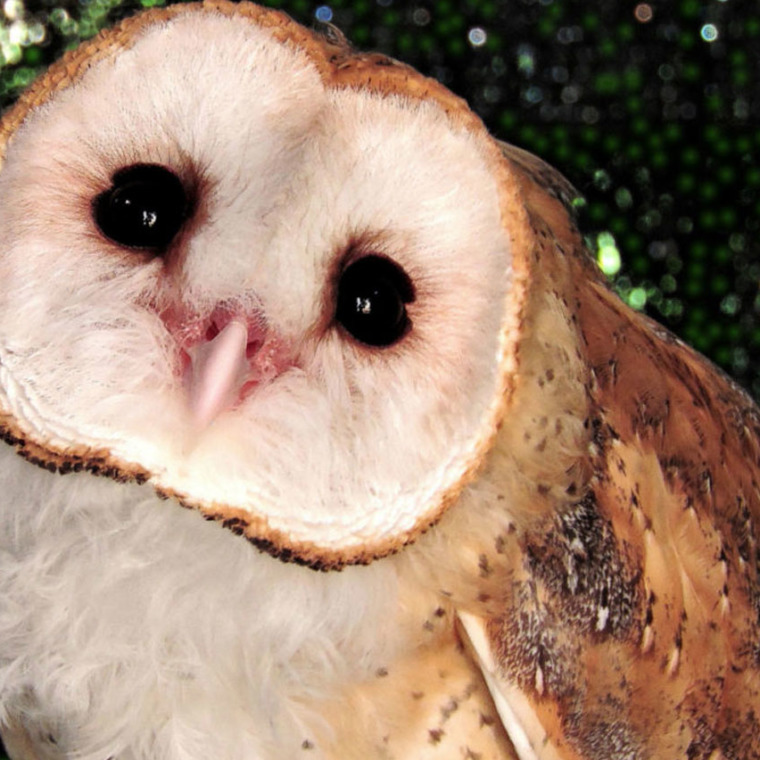
Barn Owls are found throughout the globe, in Europe, Africa, Asia, Austrailia, and the Americas
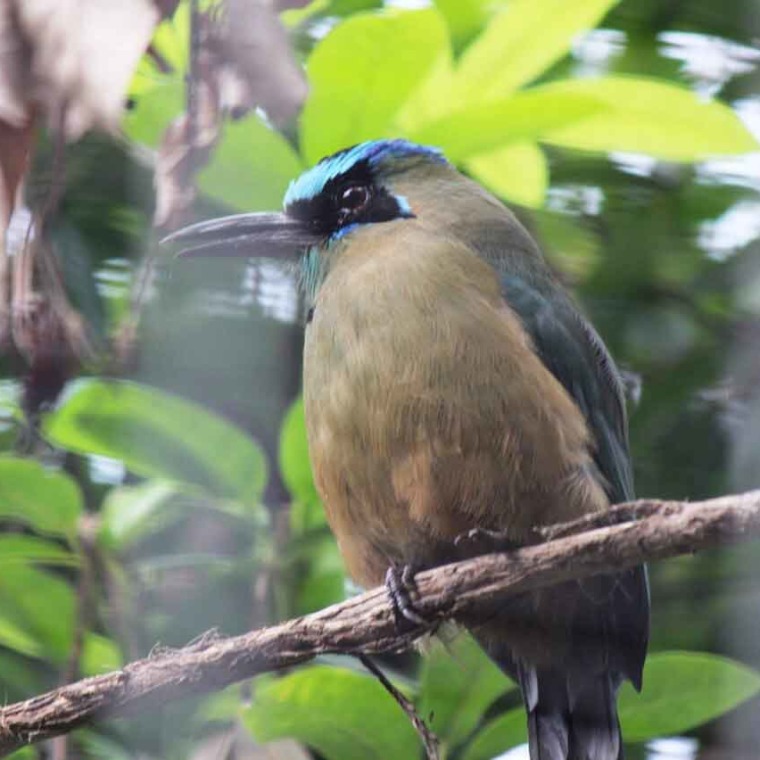
This animal can grow over a foot in length! Motmots possess a serrated beak and red eyes, with a black mask that encircles their heads.
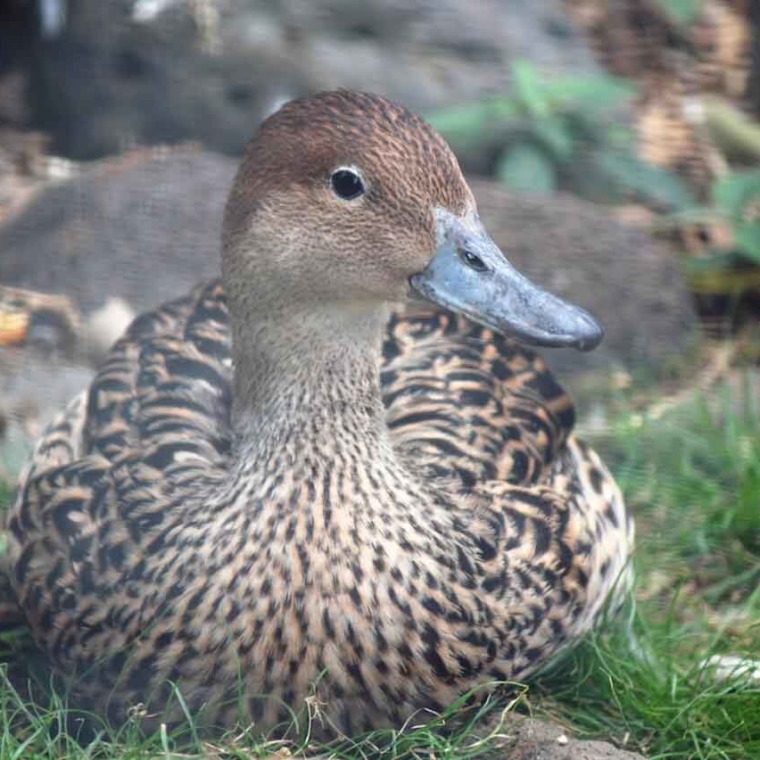
Koloa maoli are very secretive and difficult to observe except in protected areas such as Hanalei National Wildlife Refuge on Kauai.
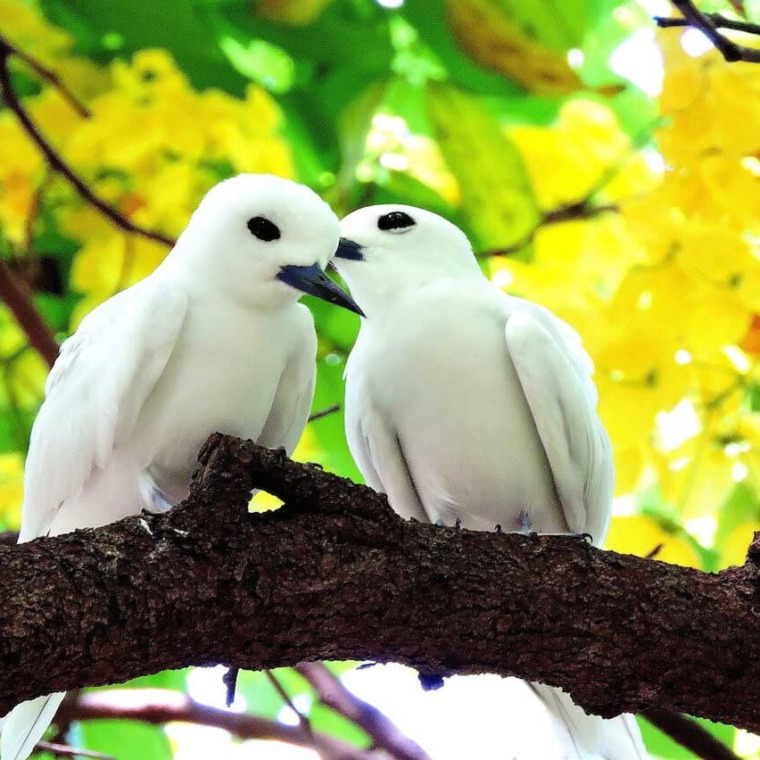
This bird is found primarily on islands, and has a wide ranger across the equatorial band of every ocean on Earth, save for the Arctic Ocean, which does not cross the equator.
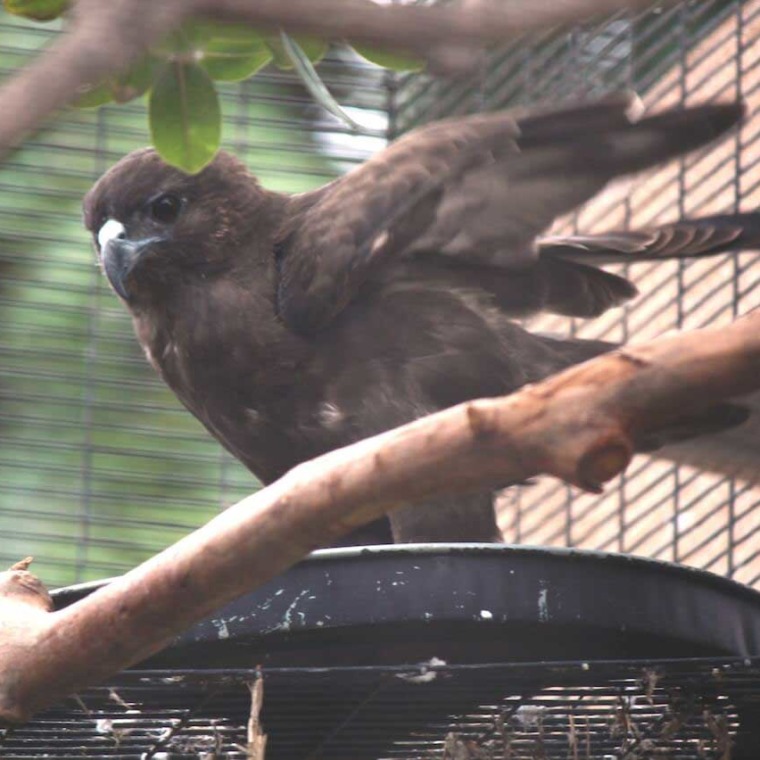
’Io prefer to hunt from tall perches that they use to survey their prey; however, they are known to dive at targets from mid-flight if the opportunity presents itself. are territorial and come together only to breed.


